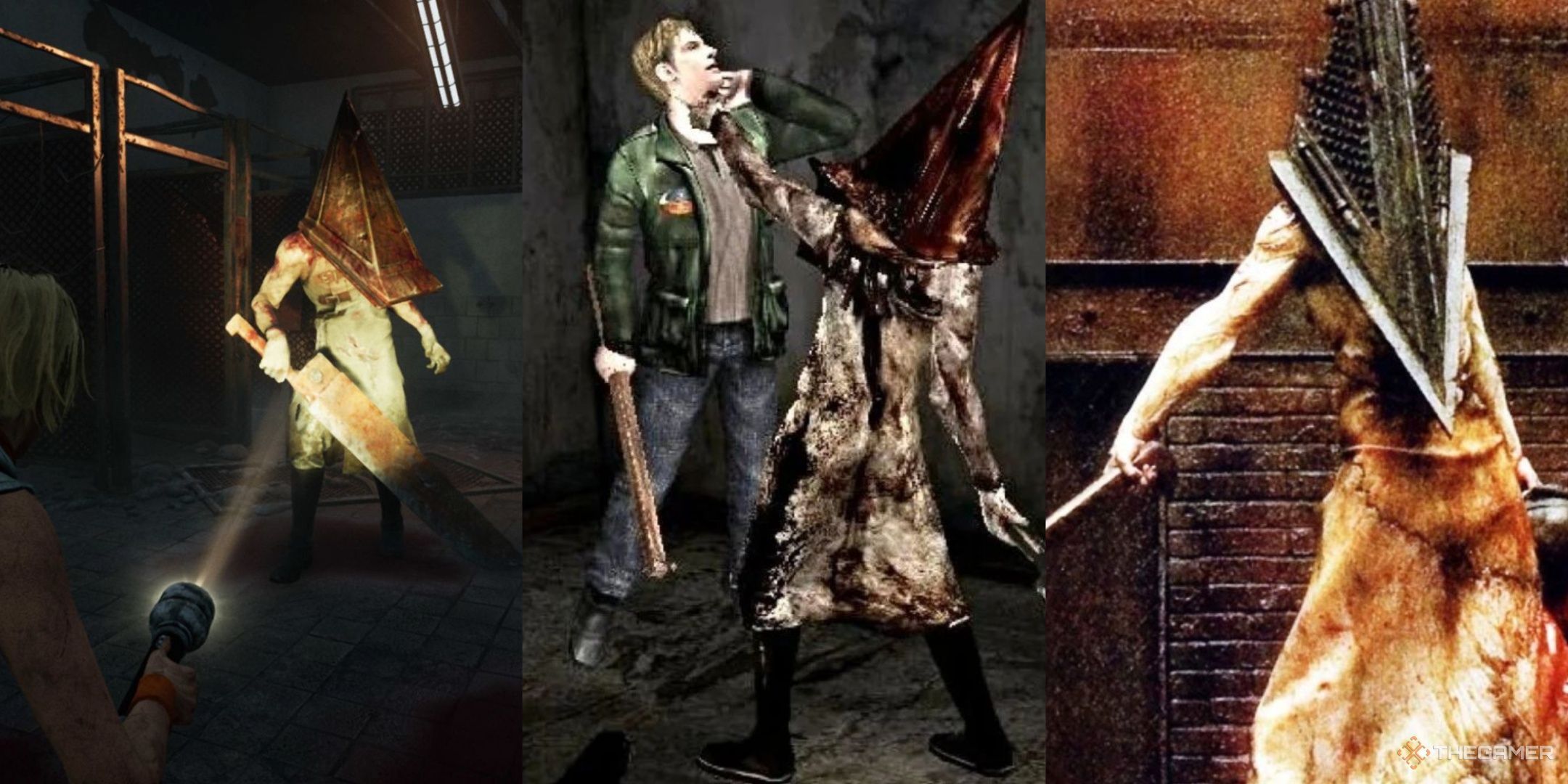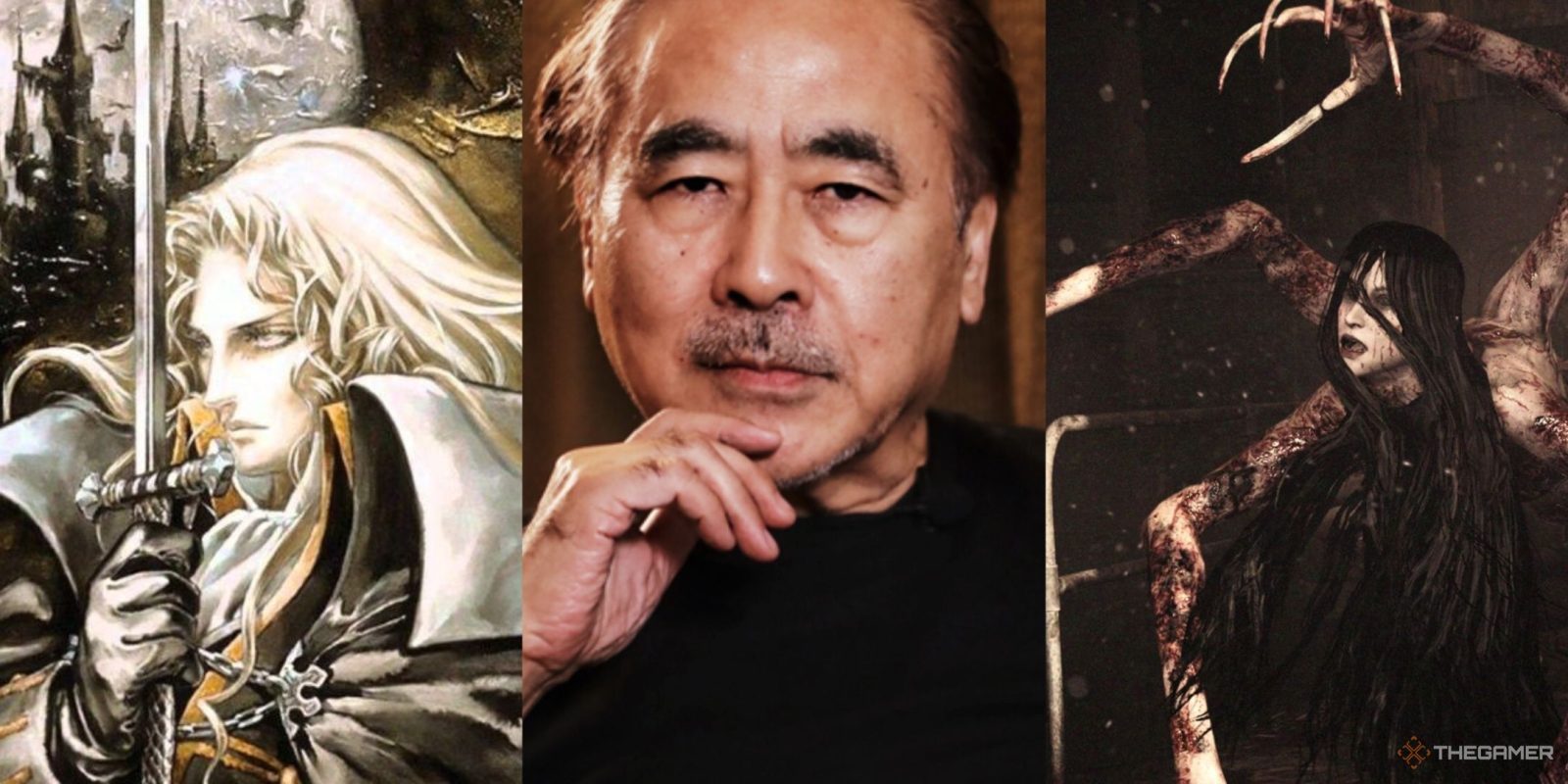Key Takeaways
- Character designers like Roberto Ferrari and Ayami Kojima are the creative minds behind iconic game characters.
- Yoji Shinkawa’s distinct artistic style shines through in Kojima’s games and Zone of the Enders.
- Ken Sugimori’s early work on Pokemon set the stage for future designs, making him an integral part of the franchise.
What are the parts of a game you remember most? It’s probably the gameplay or the stories, the memorable events you went through with the characters. But when you want to show that game off to others, what do you typically do? You’ll probably end up showing off some of the characters to showcase how cool they are.
Oftentimes with games, character designers can fall into the background, the amazing characters within these games frequently seen as having been an amalgamation from the development as a whole, rather than having an individual guiding their creation. Well we’re shining a light on some of the most iconic character designers in gaming so you can get to know the faces behind your beloved characters.
10
Roberto Ferrari
Having moved from Rome to Tokyo in 1997, Roberto Ferrari eventually made his way up the career chain to working alongside Tetsuya Nomura as a character designer in the Final Fantasy series. Though he didn’t start his character design career with Square Enix, it is where he has made the biggest impact.
Ferrari has designed a great many iconic characters at this point, such as Aranea from Final Fantasy 15 and much of the core cast of Type-0. In fact, with how closely he works with Tetsuya Nomura, many of the designs he makes tend to be mistaken for Nomura designs.
9
Masahiro Ito
Masahiro Ito began his design career with Konami in 1999, being both a background and monster designer for the original Silent Hill. He was quickly promoted, becoming the Art Director for both Silent Hill 2 and 3. These are the games with some of the most iconic monsters of the series, making his impact on the series inseparable even from later entries.

Related
Silent Hill: Every Appearance Of Pyramid Head
You loved Pyramid Head in Silent Hill 2, now get ready for him everywhere else.
Ito also commonly works within the lighting side of environments, giving him a hand not only in what monsters appear in the games, but also how they look. This first-hand approach makes these monsters feel incredibly part of the worlds they are in, rather than just another enemy for players to kill.
8
Yoji Shinkawa
It is hard to divorce Yoji Shinkawa from the works of Hideo Kojima, seeing as he has worked on every 3D Metal Gear game, as well as being a core member of Kojima Productions. Yet it is a symbiotic relationship, as none of Kojima’s games would have such distinct designs without him.
Shinkawa’s art is defined by its pale shades, watercolour texture, and sharp lines. Much of this lends itself well to his mechanical design as well, as he is also the main designer of all the mechanical elements of Kojima’s games as well. Zone of the Enders is a great example of some of his more mechanical designs.
7
Ikumi Nakamura
Ikumi Nakamura rose to prominence after her famed presentation of Ghostwire Tokyo for Bethesda, a game she was the one-time director of. However, her presence in the gaming industry goes far deeper and longer than this, with some of her earliest work appearing in Okami.
Nakamura is primarily credited as a concept artist, though she has lent herself to character design, and more specifically enemy design plenty of times. She designed some of the angelic enemies in the original Bayonetta, some of the most fearsome monsters from The Evil Within, and the mythologically-inspired spirits of Ghostwire. When pulling from real-world inspirations, she can design some stellar enemies.
6
Yoshitaka Amano
Yoshitaka Amano is a renowned artist, and any Final Fantasy fan will know of his logo illustrations for each entry. Many may have even seen his various artworks of Final Fantasy characters as well, though fewer may be aware of the fact that he was the lead character designer for the series prior to Tetsuya Nomura taking over in Final Fantasy 7.

Related
All Mainline Final Fantasy Logos, Ranked
The Final Fantasy series has some of the best logos in gaming, but which of them is the best?
Many of Amano’s illustrations have a very dreamlike quality to them, and take design inspirations from more diverse cultures, lending themselves well to a more historical fantasy setting. While the in-game characters do not always retain the same wispy texture, they do retain the core designs, and they are distinctly separate from any Final Fantasy games past FF6.
5
Ayami Kojima
When you look at the Castlevania series, it’s hard to miss what made it so iconic. The gorgeous, gothic environments, the upbeat music, the fantastic exploration and of course, the beatifully designed characters. With Ayami Kojima joining Konami in 1997, her artwork became the face of the Castlevania series despite already being ten years old.
Kojima became a character designer beginning with Symphony of the Night, and worked on multiple other Castlevania games as character designer. Her art style is absurdly intricate, blending aspects of Romanticism with darker, Gothic elements. It’s astoundingly gorgeous stuff, and it’s immensely impressive that it translates so well to her character designs as well.
4
Ken Sugimori
At the scale that Pokemon exists at, it’s hard to think back to its earliest days when the first 151 Pokemon were all designed by a single man. And while Ken Sugimori is no longer the only or even the primary designer of new Pokemon, his contributions to the series, and the world as a whole, are unmatched.
Can you imagine a world without Pikachu or Charizard? Those original 151 Pokemon set the stage for what all others after should look like, from the rounded shapes to the distinct colour palettes. He’s been the lead character designer for plenty of the games as well, plus he worked on the anime adaptations as well.
3
Tetsuya Nomura
Nomura is one of the rare character designers in the games industry that also gained quite a large degree of prominence as a director as well. You know, things like Kingdom Hearts and Final Fantasy 7 Remake. It’s some major credentials, though he has never dropped his character design roots. You can detect his presence by the belts.
Nomura’s design sensibilities have changed over the years. His earliest designs had a sharper look and thick outlines, while his modern designs are more sketchy. What’s he never dropped is his obsession with contemporary fashion. Everyone one of his characters feels like perfect cosplay potential because their clothes are only lightly detatched from reality.
2
Jen Zee
Supergiant Games makes some of the most prominent developers of indie games, while the studio is also immensely small with less than 30 employees. That means each and every one of its developers are a core part of the team, leaving a distinct mark on the game.
Jen Zee, from the very beginning, has been the character designer of Supergiant’s games, and has an immense diversity in them. The characters of Hades are sharp and glossy, Pyre is abstract and colourful, and Transistor is more shadowy and muted in parts. Her style adapts to the themes and that is an incredible talent.
1
Akira Toriyama
The late, great Akira Toriyama is of course remembered for the incredible manga series’ he created, Dragon Ball chief amongst them, but his contributions to gaming cannot be overlooked. From the very first game he has been both the character and enemy designer on the Dragon Quest series, solidifying the games’ looks from the very beginning.
From the iconic mascot Slimes, to the various heroes that don every cover, Toriyama’s bright colour palette and distinctive faces have given the series an unmistakable identity. It is a rare talent to have such a wide assortment of designs that can diverge so much, and yet always remain as a design made by him.

Next
8 Games That Changed Art Style In The Sequel
Some video game series like keeping it safe when it comes to their art directions, while others take a big jump and change things drastically.














Leave a Reply